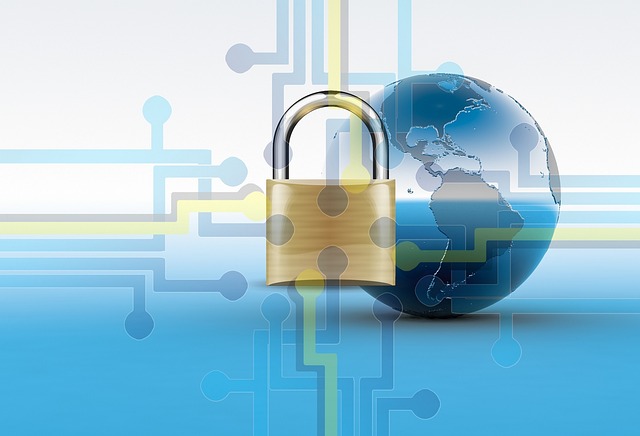In today’s fast-paced digital age, the security of streaming protocols has never been more critical. As viewers increasingly turn to smart TVs and advanced display technologies for entertainment, the need to safeguard these platforms against malicious threats grows. Picture yourself settling in for a movie night, only to realize that your streaming experience is vulnerable to interruptions and breaches. This is where understanding and enhancing the security of streaming protocols plays a pivotal role.
The rapid evolution of televisions and display technology has transformed how we consume content. Modern TVs are not only larger and more visually appealing, but they also come equipped with sophisticated operating systems that integrate streaming services seamlessly. Yet, as these devices become smarter, they also become prime targets for hackers looking to exploit any weaknesses. So, how can we ensure our viewing experiences remain safe and enjoyable?
At the core of streaming security lies a variety of protocols designed to deliver content over the internet securely. Technologies such as HTTPS, Secure Real-time Transport Protocol (SRTP), and Real-time Streaming Protocol (RTSP) are integral in protecting the integrity and confidentiality of the information transmitted. When you stream a movie or a show, your data travels through these protocols, and any shortcoming could leave your system vulnerable.
Moreover, with the rise of smart displays and their integration into our daily lives—from kitchen screens showing recipes to living room projectors for family movie nights—the security of streaming protocols should be at the forefront of our minds. Cybercriminals can exploit these devices to access personal information or disrupt services. To counteract these threats, manufacturers must adopt comprehensive security measures: from regularly updating firmware to implementing robust authentication processes.
Visualization also plays a vital role in enhancing security. Advanced interfaces can aid users in understanding the permissions and data exchanges that occur when using streaming services. Imagine a smart TV that not only entertains but also educates its users about the security of the protocols in use. A user-friendly dashboard could indicate whether a connection is secure and provide options to enhance their protection while streaming.
Moreover, as audiences move towards higher resolutions and immersive experiences with 4K and 8K displays, the bandwidth and data managing challenges increase. The complexity of streaming such high-definition content requires that the security of streaming protocols keeps pace. Leveraging technologies like digital rights management (DRM) can ensure that the content remains protected against piracy while maintaining quality and accessibility for legitimate users.
Investing in robust security measures is not merely a technical necessity; it is essential to preserve the integrity of our viewing experiences. As we enjoy the latest shows and movies on our stunning monitors and devices, let us not forget the technology that works hard behind the scenes to protect us. Innovation in this field not only enhances our current enjoyment but also protects the future of streaming, ensuring that we can indulge in our favorite media without fear.




